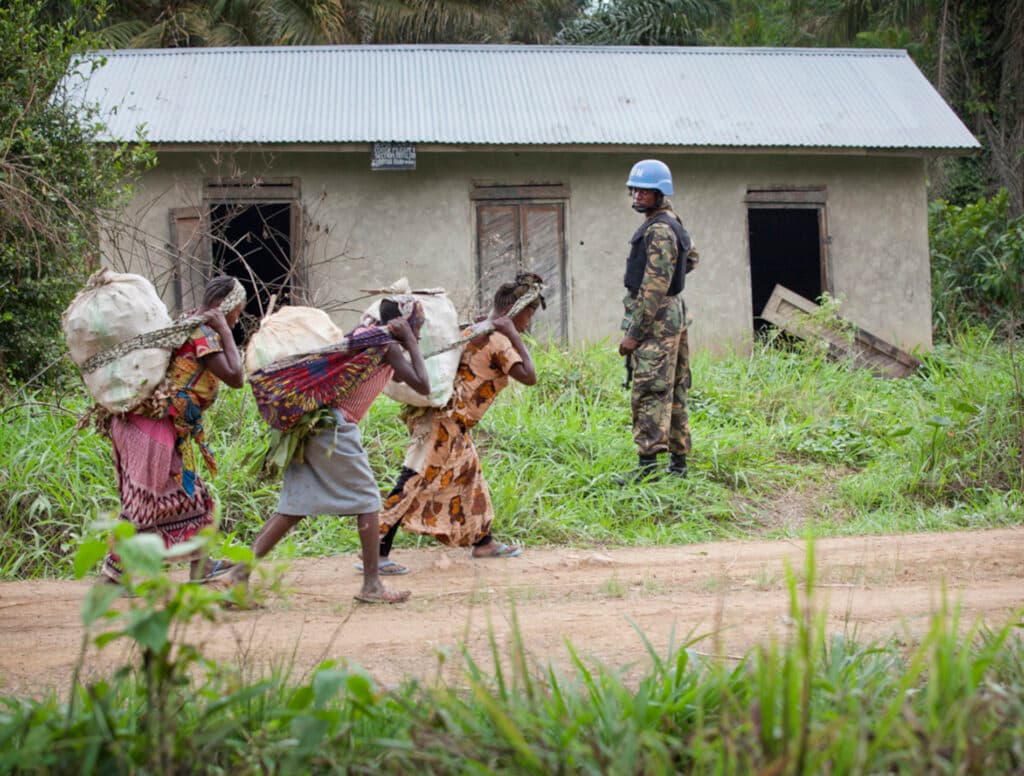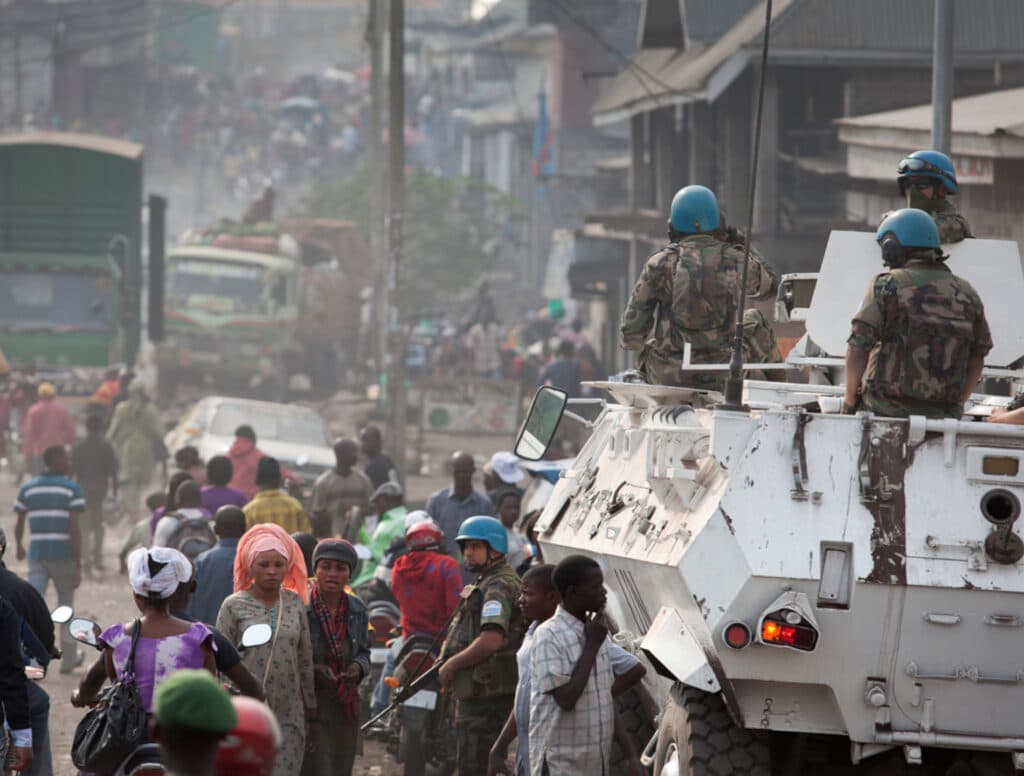
Displacement and IHL
The protection of people displaced by conflict, and the prohibition of forced displacement
The displacement of civilians from their homes and separation from their families is one of the most common consequences of armed conflict and one that leads to massive humanitarian concerns. Sometimes civilians are forced to flee across international borders in search of safety, security, and shelter.
While international humanitarian law (IHL) cannot prevent all displacement, it does prohibit any forcible displacement committed by warring parties.
International armed conflict
In international armed conflicts, deportations of protected persons or the transfer of individuals or groups are not allowed. Article 49 of the Fourth Geneva Convention sets out a clear prohibition of forcible transfer during situations of armed conflict:
‘Individual or mass forcible transfers, as well as deportations of protected persons from occupied territory to the territory of the Occupying Power or to that of any other country, occupied or not, are prohibited, regardless of their motive.’
Nevertheless, the Occupying Power may undertake total or partial evacuation of a given area if the security of the population or imperative military reasons so demand. Persons evacuated in such circumstances shall be transferred back to their homes as soon as hostilities in the area in question have ended.
Under Article 49, as expressed by the text itself, the forcible transfer of just one person (or more) is prohibited. Mass transfer is not required in order for there to be a violation of the Convention.
Forcible transfer is listed as a grave breach of the Geneva Conventions and hence every country is under an obligation to search for persons alleged to have committed such acts, and bring them before its own courts, regardless of their nationality.
The difference between deportation and transfer
Transfer refers to movement within an occupied territory while deportation refers to movement across an international border.
Three steps to assessing forcible transfer
The forcible element of forcible transfer
Transfers motivated by an individual’s own genuine wish to leave are lawful. Hence, those that are not motivated by such as unlawful;
The term 'forcibly' in ‘forcible transfer’ is not restricted to physical force, but may include threat of force or coercion, such as that caused by fear of violence, duress, detention, psychological oppression or abuse of power against such person or persons or another person, or by taking advantage of a coercive environment.
It is important to note that apparent consent to a transfer must be carefully assessed, as it may have been rendered ‘valueless’ by the situation, or may result from a situation of discrimination and other human rights abuses.
The determination as to whether a transferred person has a real choice has to be made in the context of all relevant circumstances on a case-by-case basis.
Non-international armed conflict
The regulation of displacement in non-international armed conflict is less robust than the rules applicable in an international armed conflict.
Parties to a non-international armed conflict may not order the displacement of the civilian population, in whole or in part, for reasons related to the conflict, unless the security of the civilians involved or imperative military reasons so demand.



